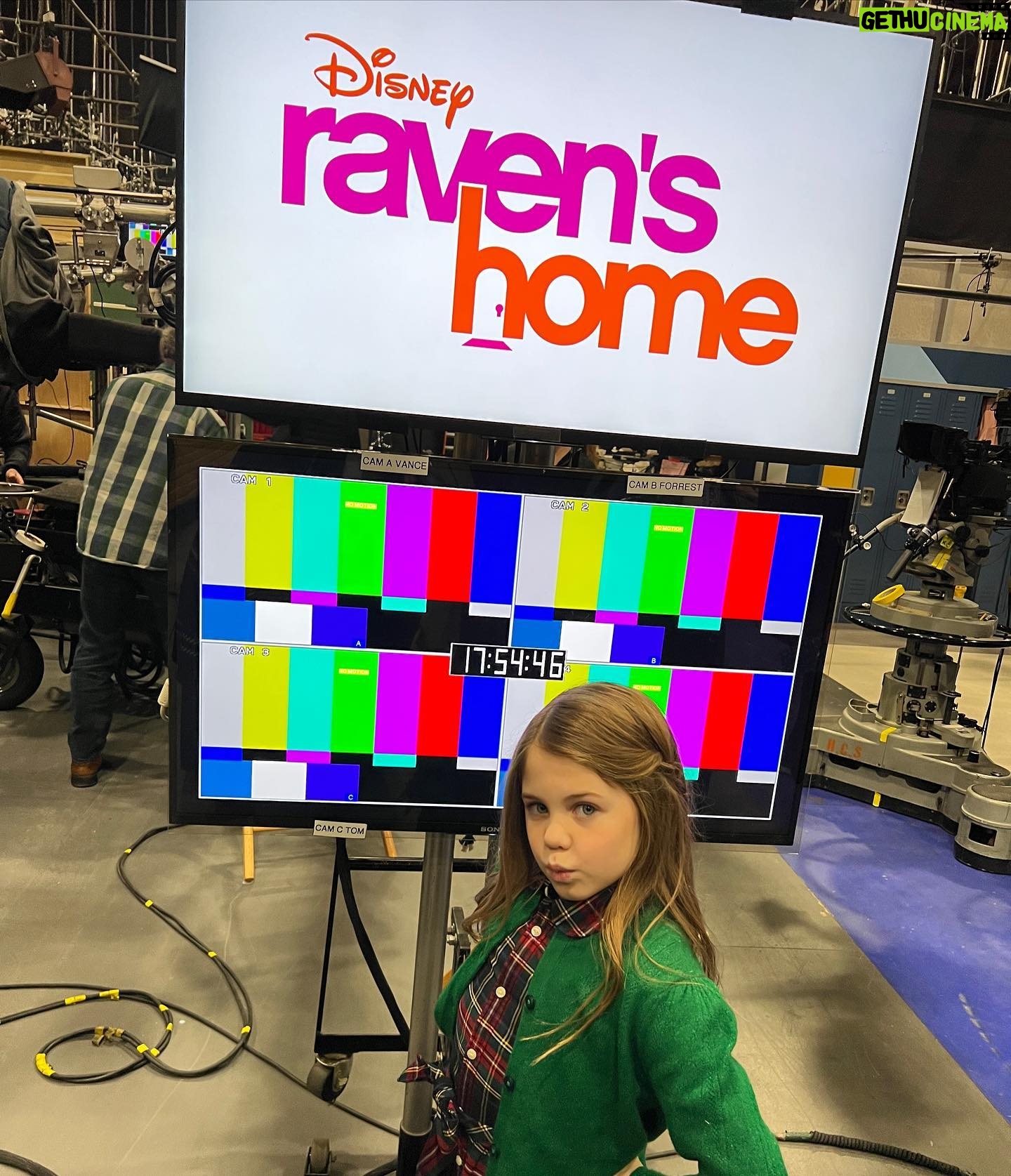When people consider the true worth of a tool, especially one that bridges different technological areas, it's almost natural to wonder about its overall impact and what it truly brings to the table. So, we often hear discussions about the financial standing of individuals or companies, yet, in the world of software tools, the idea of "net worth" might take on a slightly different meaning. It could refer to the collective value a particular solution offers to those who use it, how it simplifies tasks, or perhaps the problems it helps solve for various users across different projects. This perspective helps us appreciate the deeper contributions of something like "Pyper," a name that, in some respects, has come up in conversations about connecting Python and R, two powerful programming languages.
This discussion aims to shed some light on what makes "Pyper" a noteworthy component in the data handling landscape, examining its practical utility and the situations where it truly shines. We will explore the framework's design, its common applications, and some of the challenges users have encountered, giving us a more complete picture of its operational "net worth" within the community of developers and data practitioners. It's about understanding the practical benefits and the sometimes tricky parts of working with this particular bridge between two distinct coding environments, and how it measures up against other available options for similar tasks, too.
We will look at how this particular solution fits into broader data processing activities, considering its role in bringing together different computational strengths. The discussion will touch upon its design philosophy, what it is typically used for, and the experiences of those who have tried to make it work in their own setups. This way, we can get a clearer picture of its overall value proposition, or its "net worth" if you will, within the wider context of data handling and analytical work, especially when Python and R need to communicate effectively.
- How To Use Ssh Iot From Anywhere Without
- Rush Hour 3 Cast
- Susan Flannery
- Ssh Raspberry Pi Iot From Anywhere Not Working
- Dubai Bling Cast
Table of Contents
- Understanding Pyper - The Framework's Foundations
- How Does Pyper Compare to Other Tools for Pyper Braun-Related Tasks?
- What Are the Common Uses and Challenges for Pyper Braun Users?
- Exploring Pyper Braun in Data Processing Systems
- What Makes Pyper a Flexible Choice for Pyper Braun Data Flows?
- The Community's Role in Pyper Braun's Ongoing Development
- How Does Pyper Handle Real-World Scenarios for Pyper Braun Applications?
- Pyper Braun Property and Its Reputation for Worthwhile Relationships
Understanding Pyper - The Framework's Foundations
When we talk about "Pyper," it is important to first grasp what it actually is and what it sets out to achieve. This particular Python package allows the R language to be called from within Python, using a communication approach that relies on pipes. So, in essence, it builds a bridge, letting you bring R's powerful statistical capabilities into your Python programs. This means, in a way, you get the best of both computational worlds. The design philosophy behind Pyper focuses on making it quite easy to pick up and to reason about, which is a big plus for anyone looking to integrate these two languages. It offers a Pythonic way of doing things, meaning it feels natural to Python developers who want to use R functions or run R scripts. This simplified way of accessing R from Python is a key part of its appeal, offering a straightforward set of functions and objects that make the interaction much less complicated.
The framework, in some respects, also supports concurrent and parallel data processing, following a functional programming style. This particular design choice helps maximize how modular and how composable data flows can be. What this means in practice is that you can break down your data tasks into smaller, independent pieces that can then be easily combined or reused. This pattern shows up in how you interact with its programming interface, often at a couple of different levels. This approach, you know, makes it a pretty adaptable option for various data handling tasks, especially when you need to run things at the same time or spread them out across different computing resources. It is, basically, a tool built with a certain kind of flexibility in mind, aiming to make complex data operations a bit more manageable.
The core idea is to let Python programs tap into R's statistical and graphical strengths without having to completely switch environments. This kind of interoperability is very valuable for those who work with both languages and want to leverage their unique features in a unified workflow. It is, arguably, a solution that tries to streamline the process of using R within a Python context, which can save a good deal of time and effort for developers and data scientists alike. The way it handles communication, through pipes, is a foundational element of how it operates, allowing for a smooth exchange of information between the two languages. This fundamental setup is what enables its various applications in the world of data.
- Mila Kunis Height
- Matteo Bocelli Married
- Cast Of The Waltons
- New York Squatters Rights
- Matt Walsh Net Worth
How Does Pyper Compare to Other Tools for Pyper Braun-Related Tasks?
When considering tools for bringing R into Python, Pyper isn't the only option available, of course. There are others like rpy2 and pyrserve that also aim to achieve similar goals. So, a fair question arises: what are the distinct advantages or perhaps the drawbacks of each of these choices? Pyper and rpy2, for instance, are quite different projects, each with its own way of doing things. With rpy2, displaying a figure created by R within a Jupyter Notebook environment can be as simple as putting your R code inside a special block, which is pretty convenient for interactive work. This ease of display is a feature that many users find quite appealing, especially when they are exploring data and want to see immediate visual results from their R computations right there in their Python workspace.
Pyper, on the other hand, offers a different kind of connection, relying on that pipe communication method we talked about earlier. While it might not have the same direct Jupyter Notebook integration for plots as rpy2, its strength lies in its flexible
Related Resources:



Detail Author:
- Name : Cameron Ritchie
- Username : blick.abraham
- Email : alice91@yahoo.com
- Birthdate : 1972-03-25
- Address : 110 VonRueden Overpass Apt. 274 Johnsview, MO 86844
- Phone : 1-785-255-3532
- Company : Turner LLC
- Job : Media and Communication Worker
- Bio : Dolorum ducimus praesentium cupiditate. Itaque ex eum ut doloribus. Nobis laboriosam et a necessitatibus in.
Socials
linkedin:
- url : https://linkedin.com/in/cristina9917
- username : cristina9917
- bio : Expedita doloribus ipsum dicta molestias.
- followers : 6816
- following : 2421
twitter:
- url : https://twitter.com/cristina8497
- username : cristina8497
- bio : Tenetur quibusdam sequi aliquam voluptas quia. Repellendus hic dignissimos corporis dolores repudiandae.
- followers : 2708
- following : 106